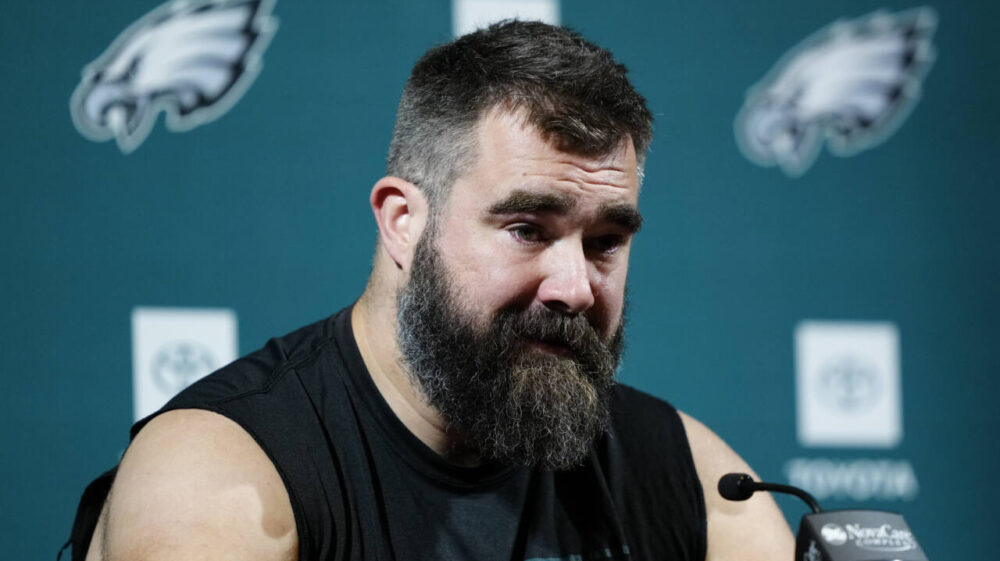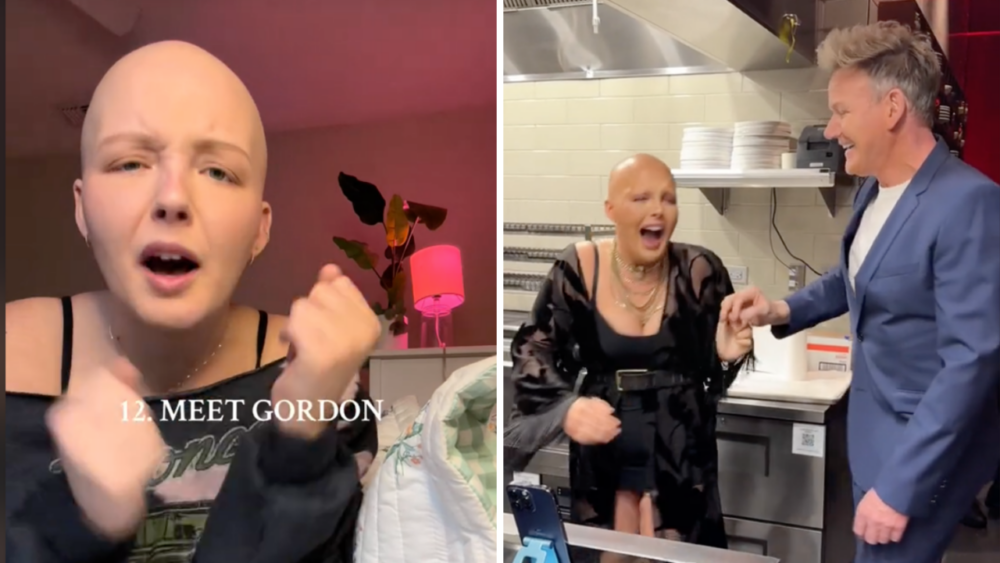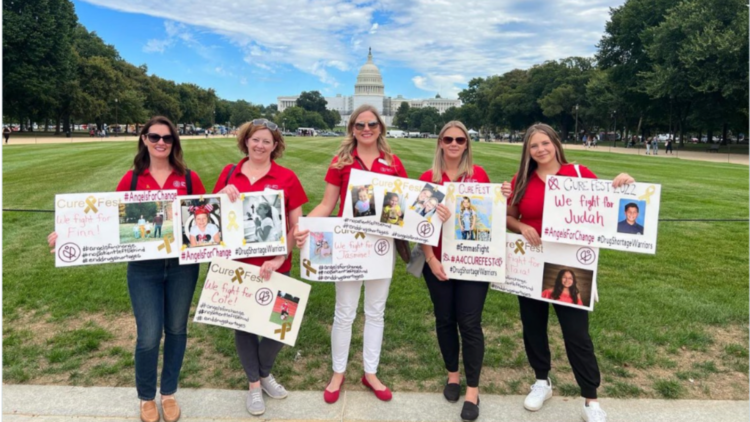The Treatment That Helped Two Babies Beat Cancer Shows The Future Is Now
In a world full of political turmoil, a breakthrough in cancer research is news we can all celebrate. Particularly when that breakthrough has saved the lives of two baby girls suffering from leukemia.
Thanks to a new gene-therapy the two children are alive and cancer-free. And, their treatment and survival could give hope to millions of cancer sufferers around the world.
The first to receive this experimental therapy was an 11-month-old girl named Layla in June 2015. Eighteen months later she is doing well, with no sign of the disease returning. A second girl was treated six months later at age 16 months and is also reported healthy.
The two children suffered from acute lymphoblastic leukemia, a rare and life-threatening childhood cancer. As a last resort, both patients were treated at Great Ormond Street Hospital in London using an experimental gene-therapy developed by the French biotech firm Cellectis. And, the last-ditch effort paid off.
The team involved in both cases published their remarkable findings in the journal Science Translational Medicine. The report states both girls have remained cancer-free 18 and 12 months, respectively, post-treatment.
Perhaps even more exciting, the paper reveals, “molecular remissions were achieved within 28 days in both infants.” While reports of this effective and seemingly speedy treatment is welcome news, doctors say more research is necessary.
Waseem Qasim, a consultant immunologist at Great Ormond Street Hospital, told Reuters he is cautiously optimistic saying long term monitoring is still required.
“While both patients are now at home and are doing well, we must treat these results with some caution as we don’t yet know if the technique will be successful in treating a larger number of patients,” he said. It’s also too soon to see how the girls’ health, and that of others who’ve been treated with similar techniques, will fare in the long run.
So how does it work?
According to The Pharma Letter, Cellectis’ gene-edited CAR-T (chimeric antigen receptor T-cell) cells are genetically engineered to hunt and destroy cancer.
Unlike some other trials which have modified the patient’s own immune cells for therapy, Cellectis’ cells come from third-party healthy donors. For patients, particularly children who don’t have an abundance of viable T cells, this could-be “off-the-shelf” supply is welcome news.
Currently, clinical trials are underway for a variety of gene-editing cancer therapies, for children and adults alike, including the one that saved these babies.
Time will tell if this breakthrough therapy can have lasting results across the board. But, one thing is for sure, the continued health of these little cancer survivors is great news.






